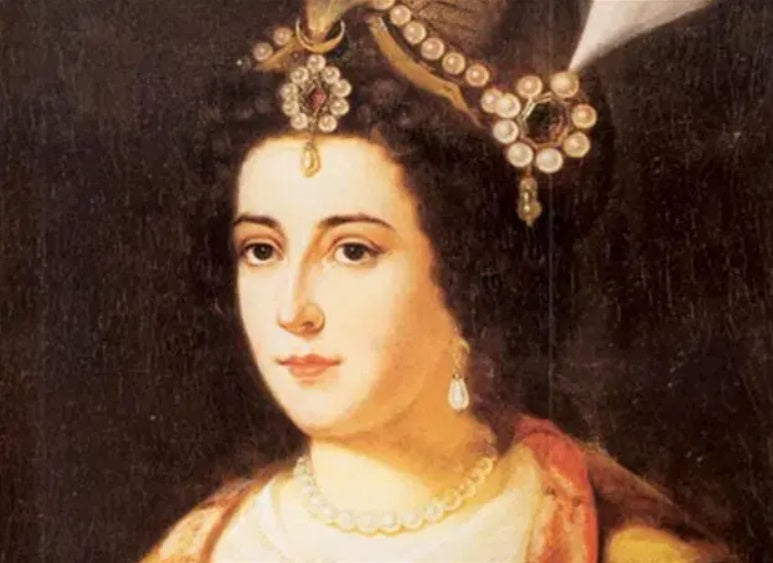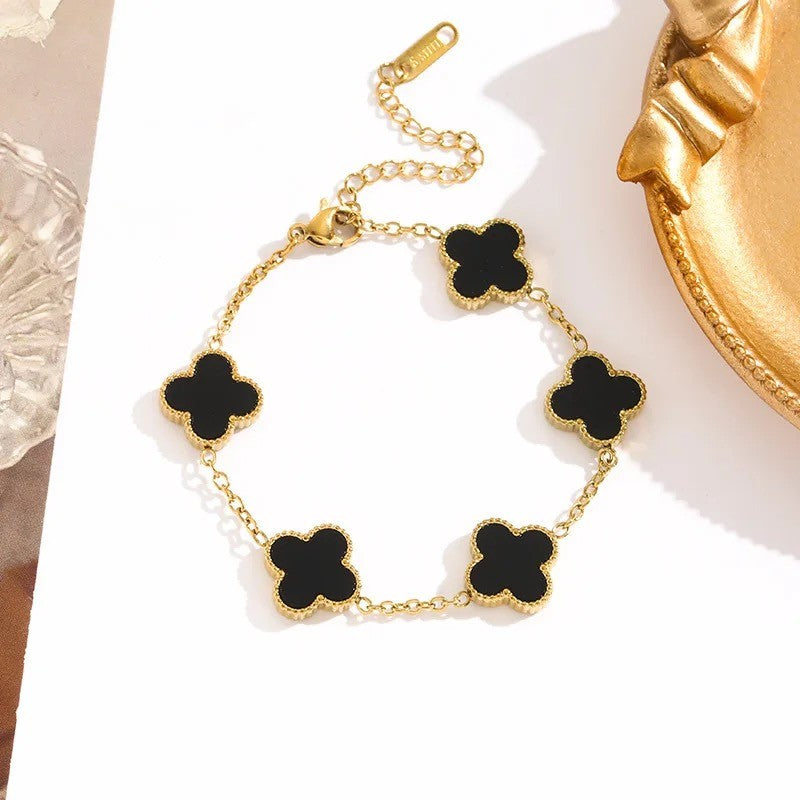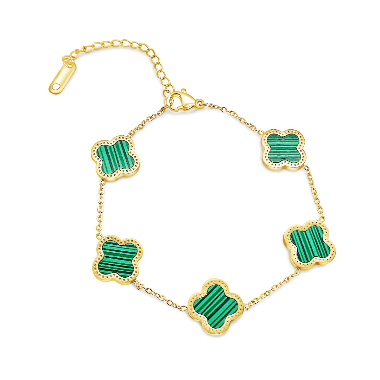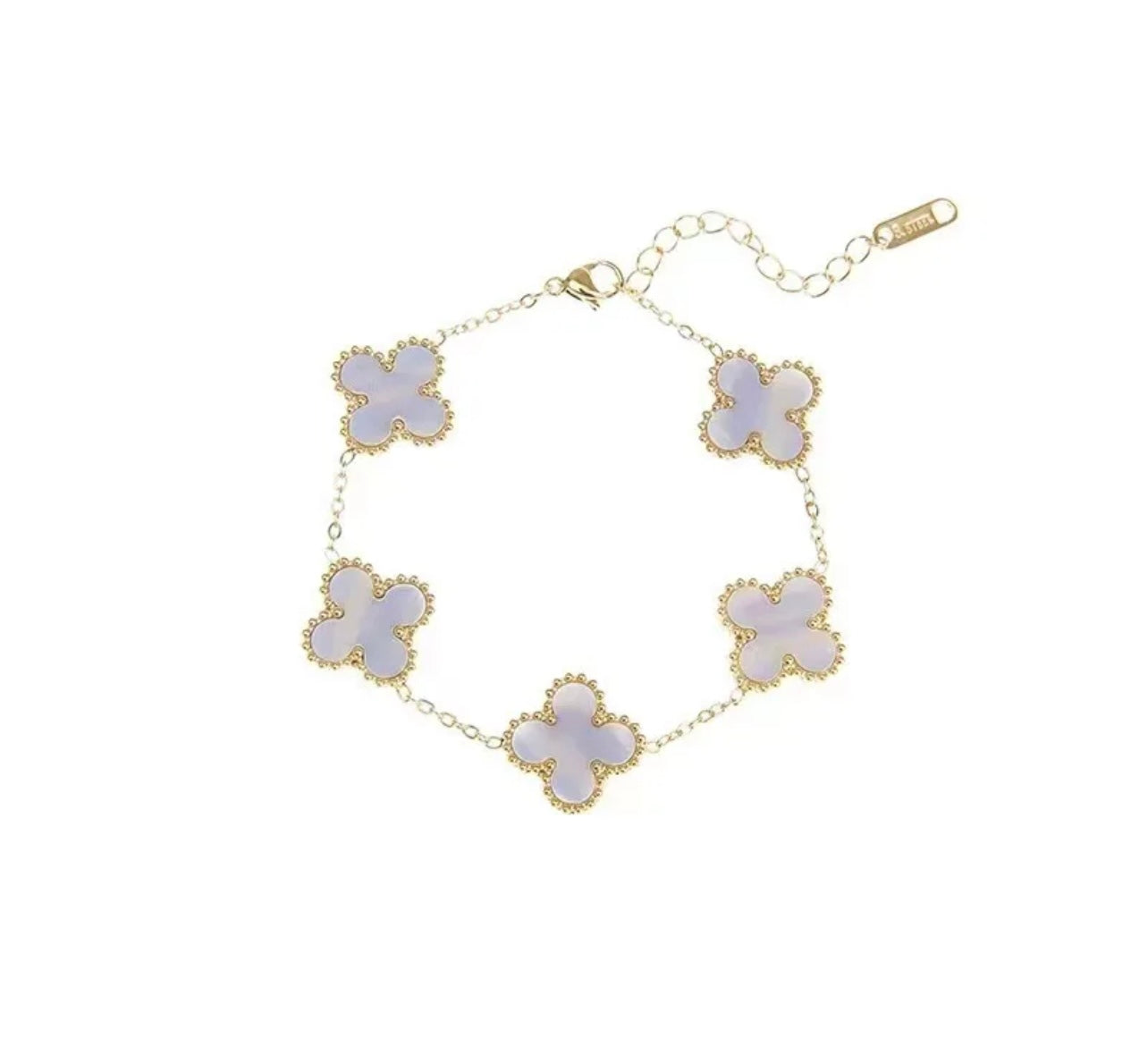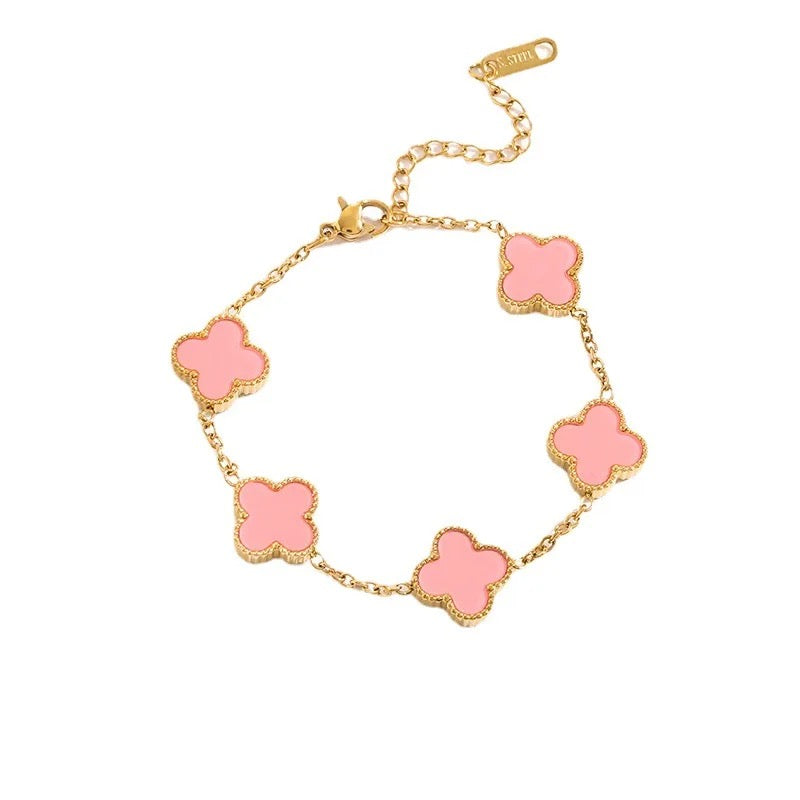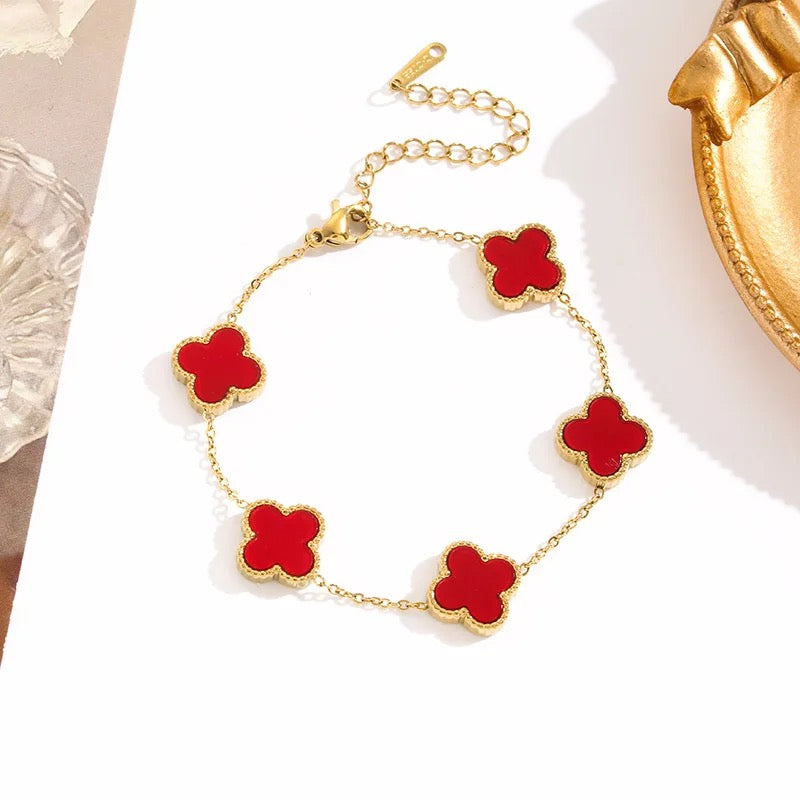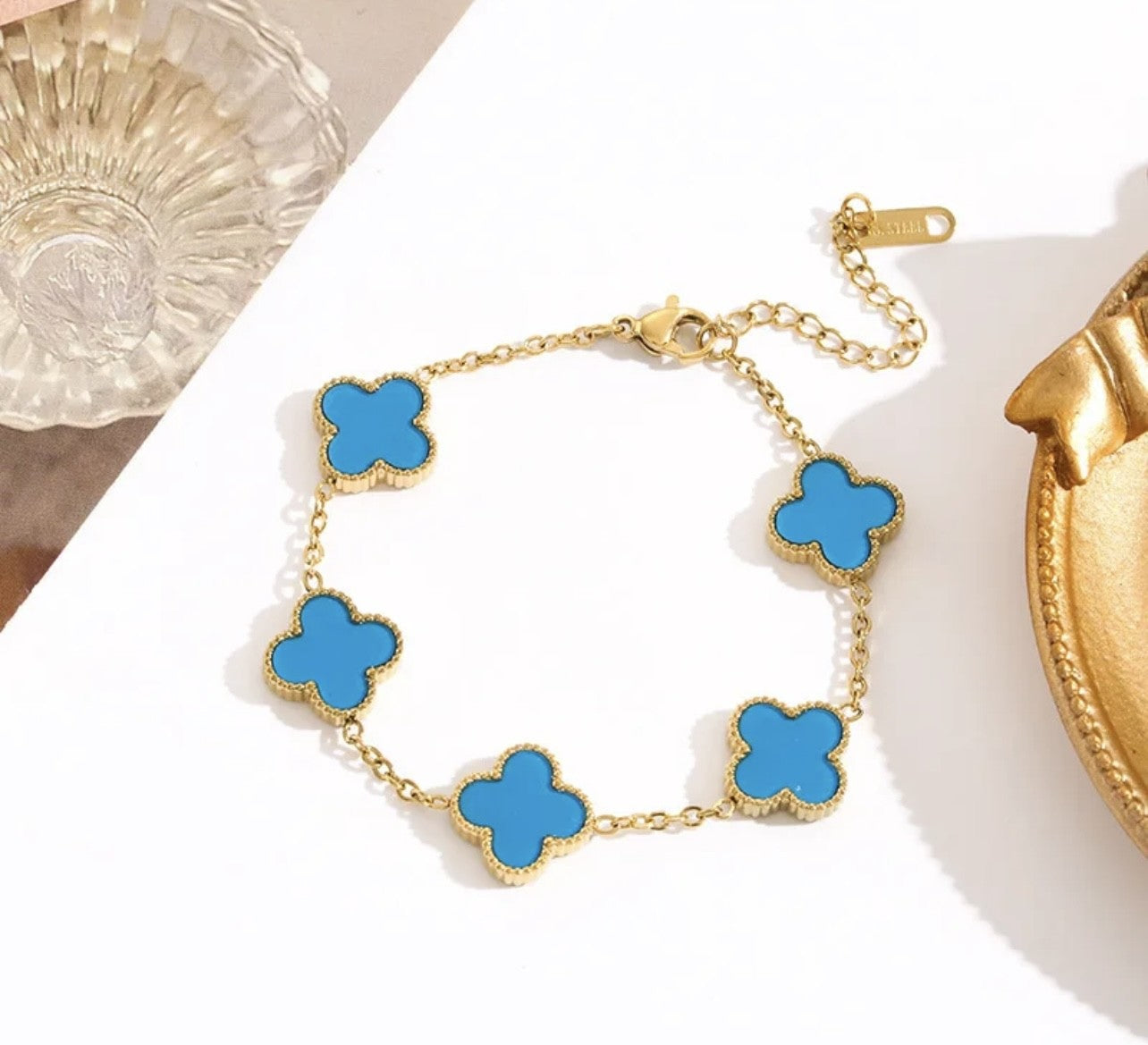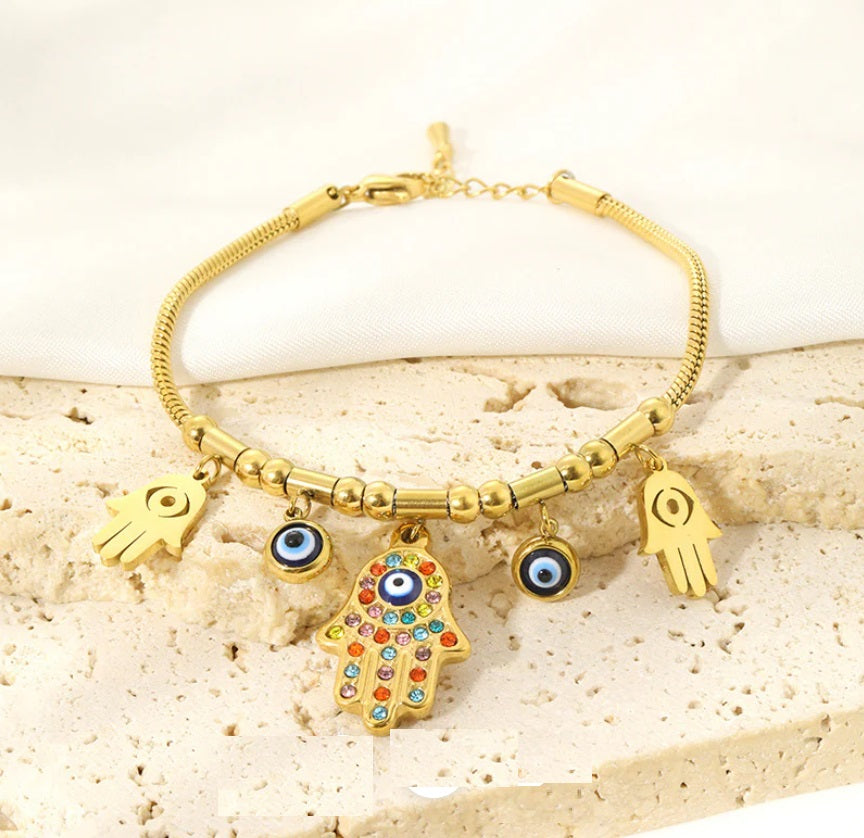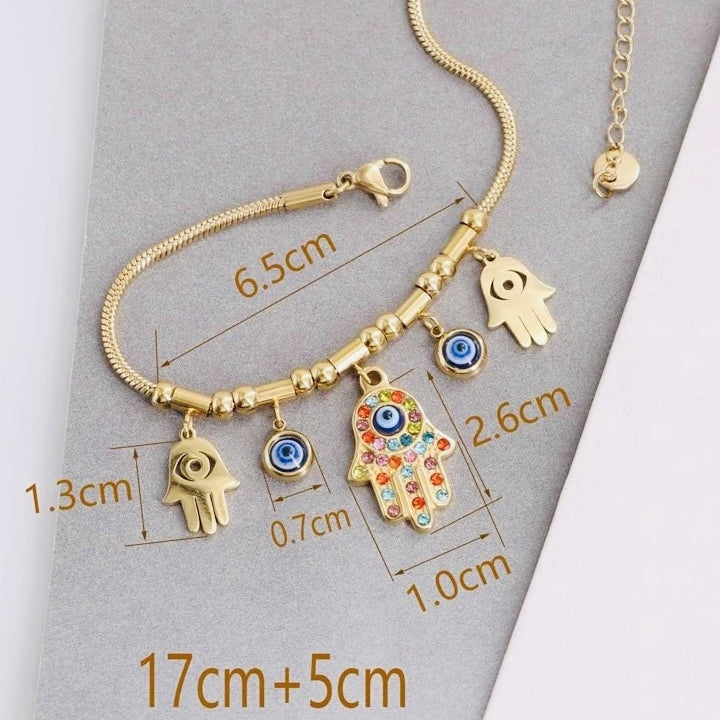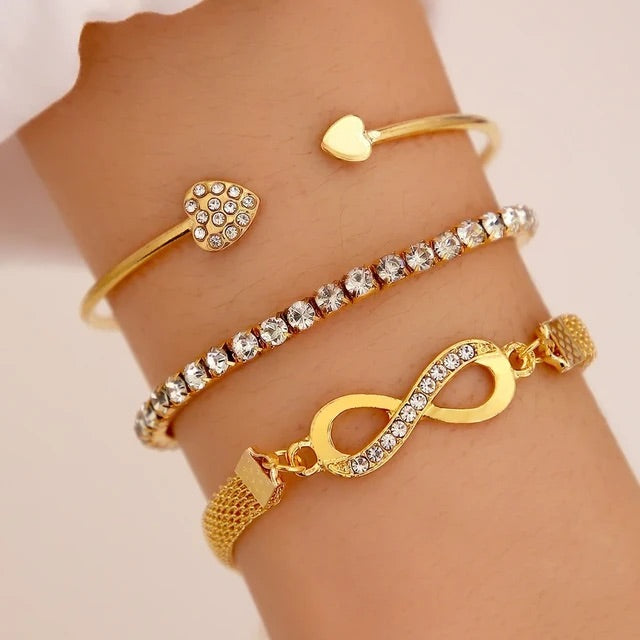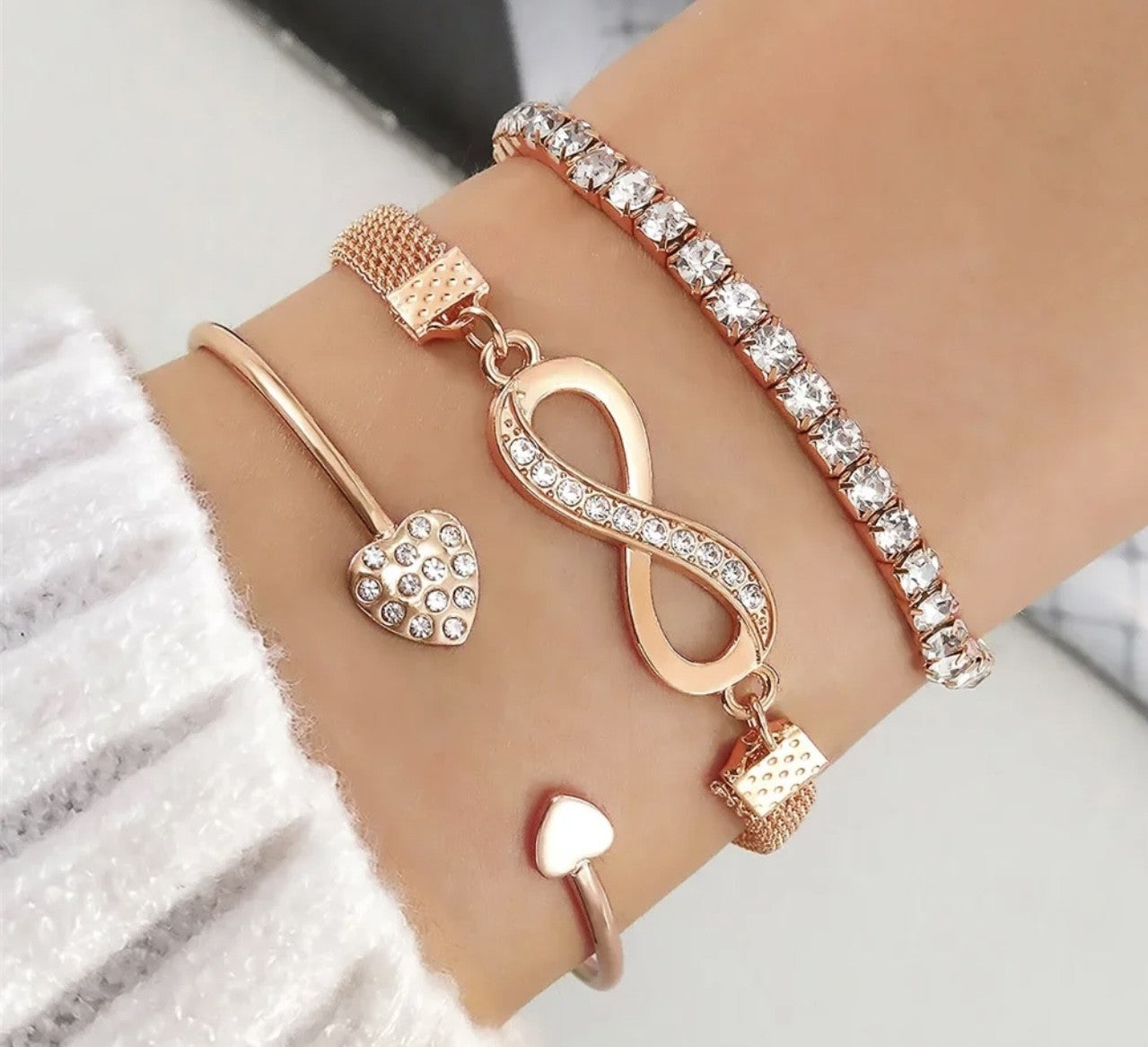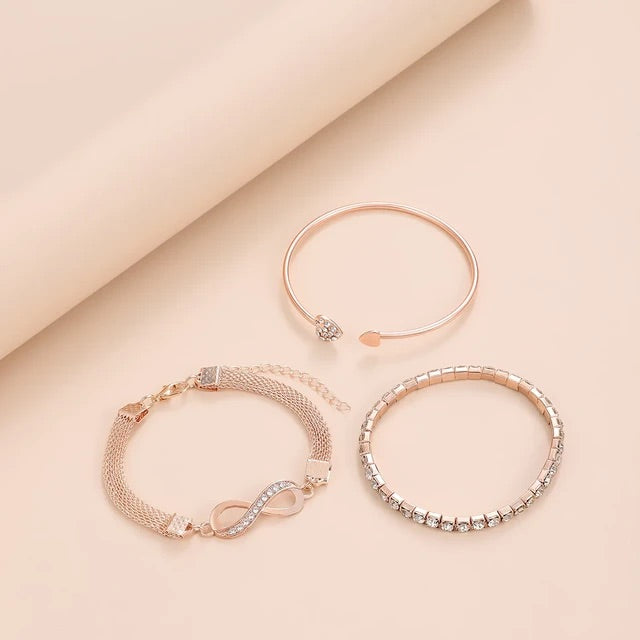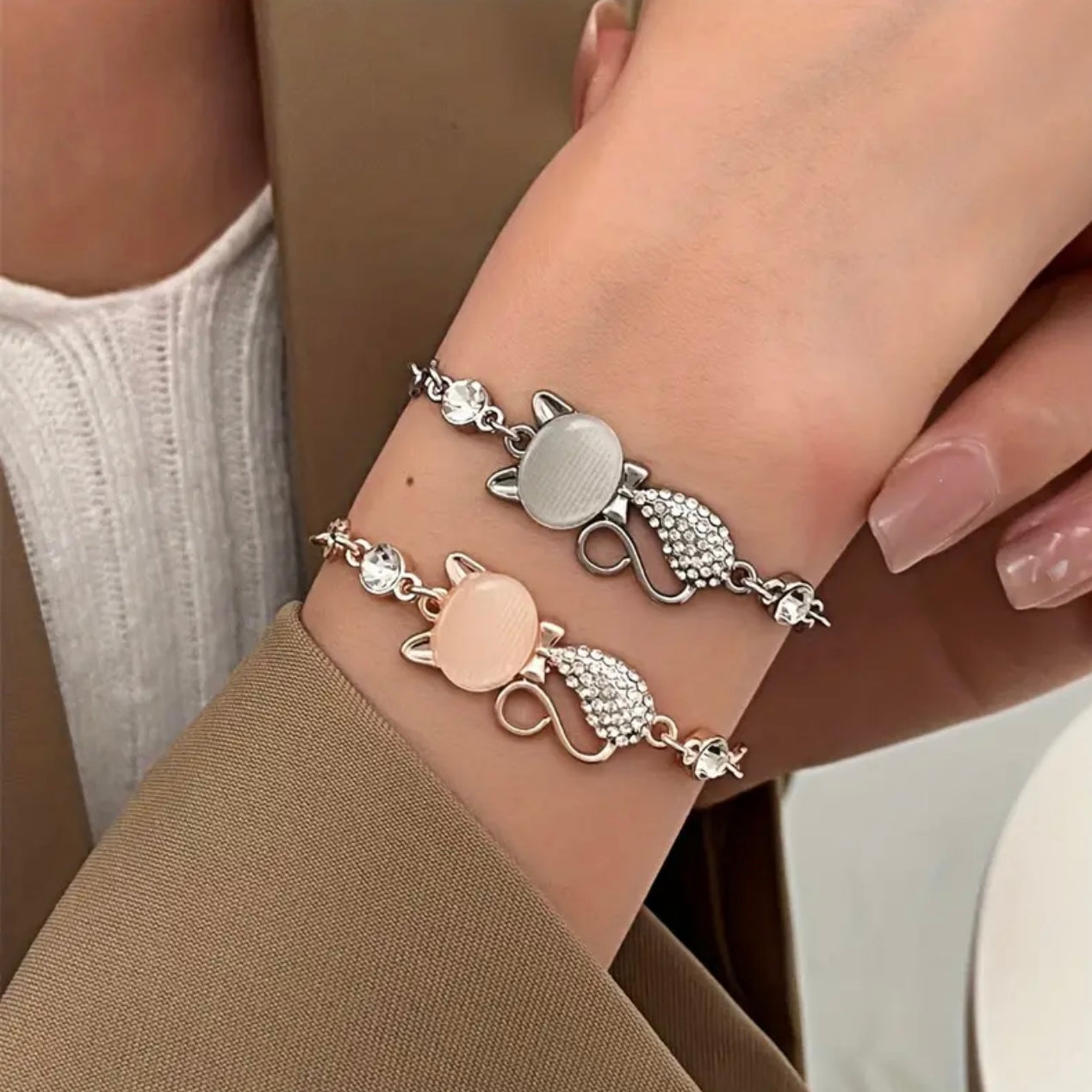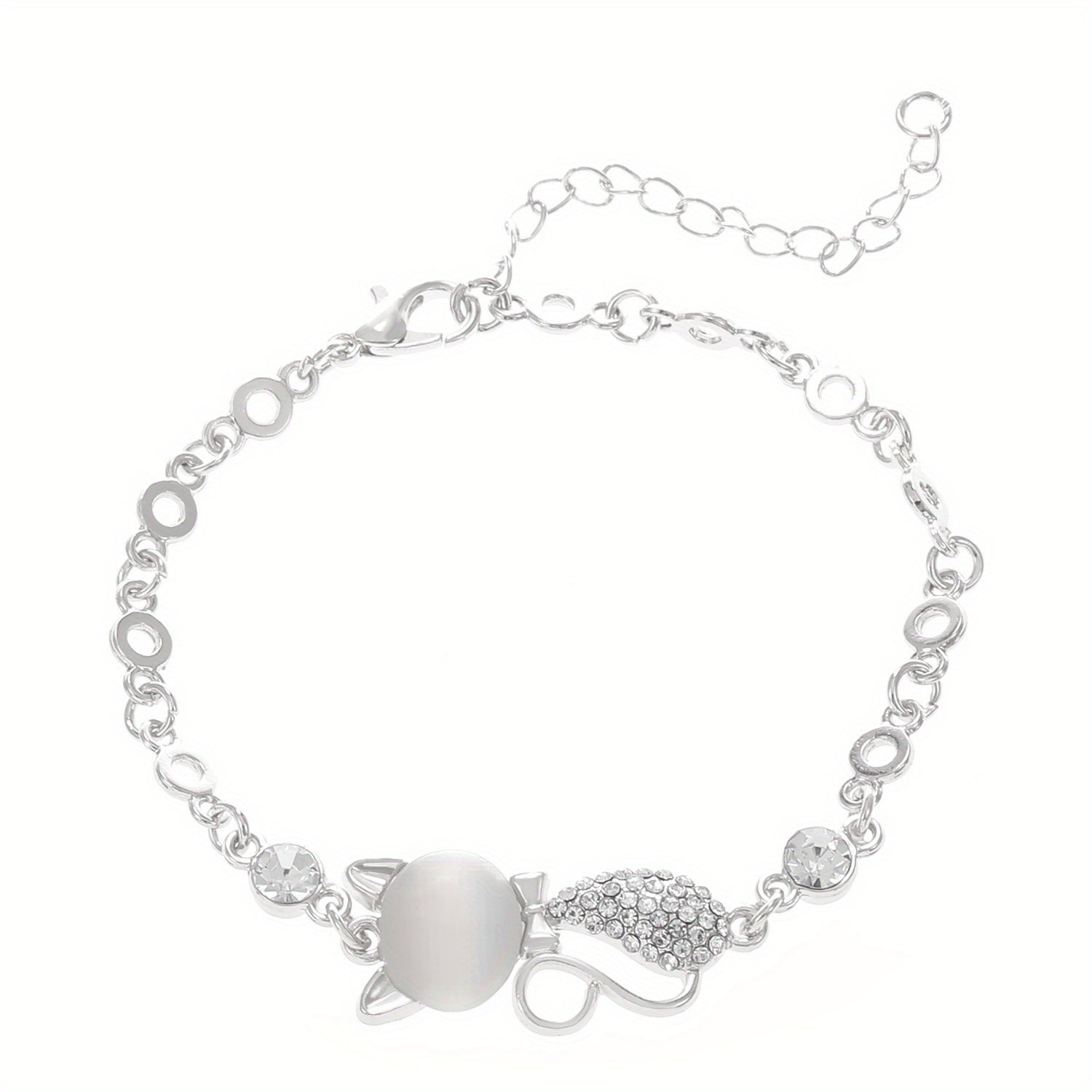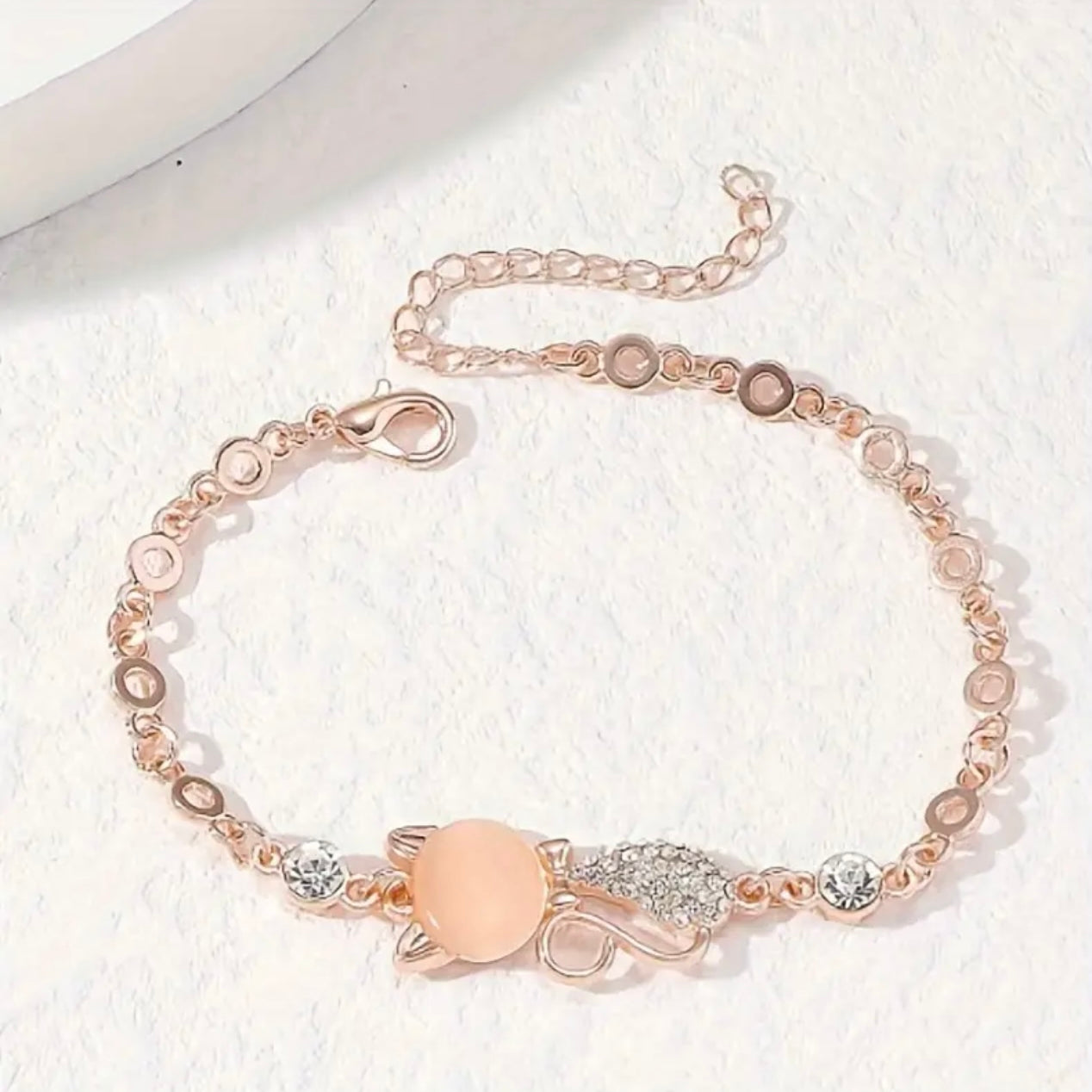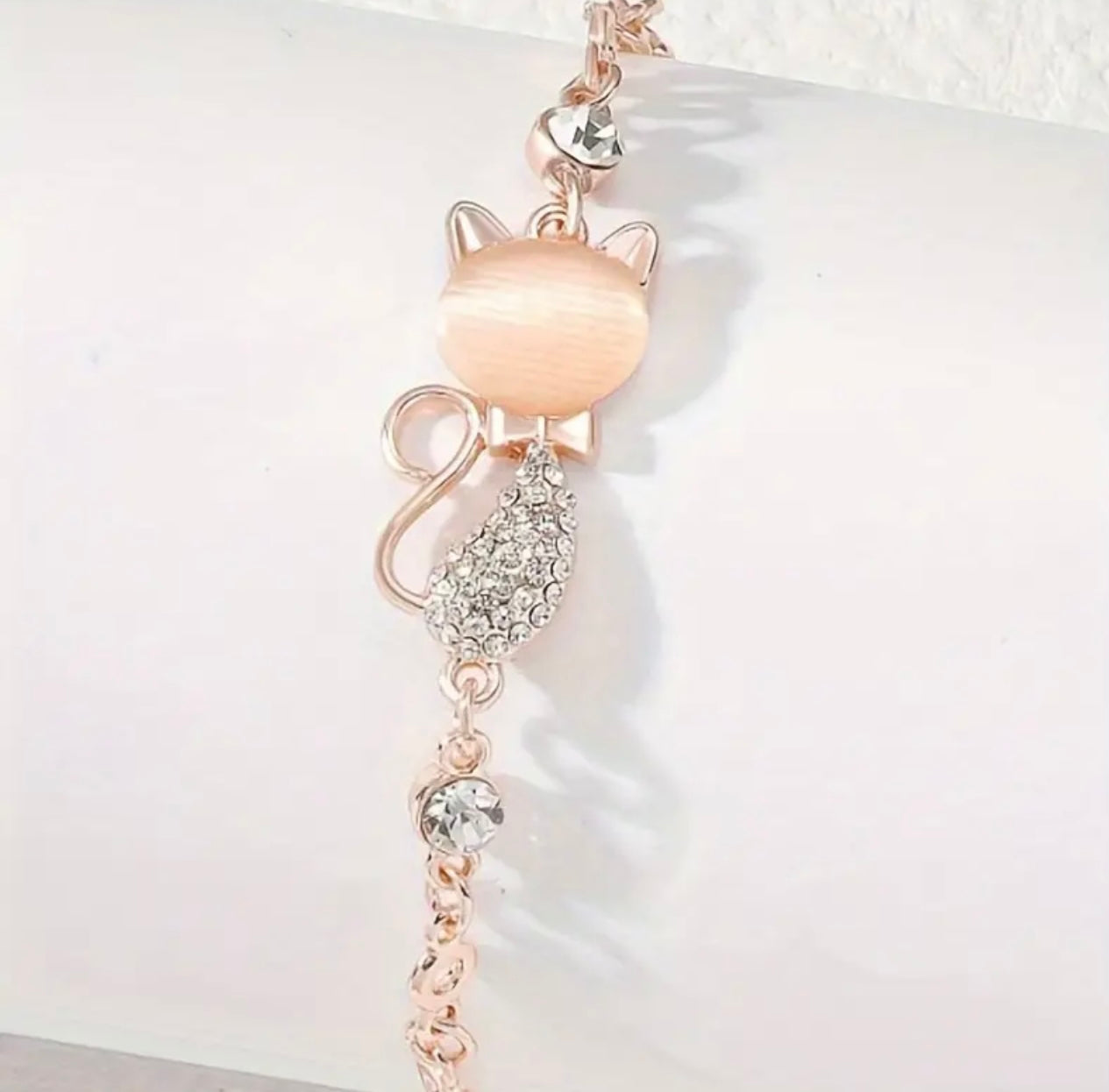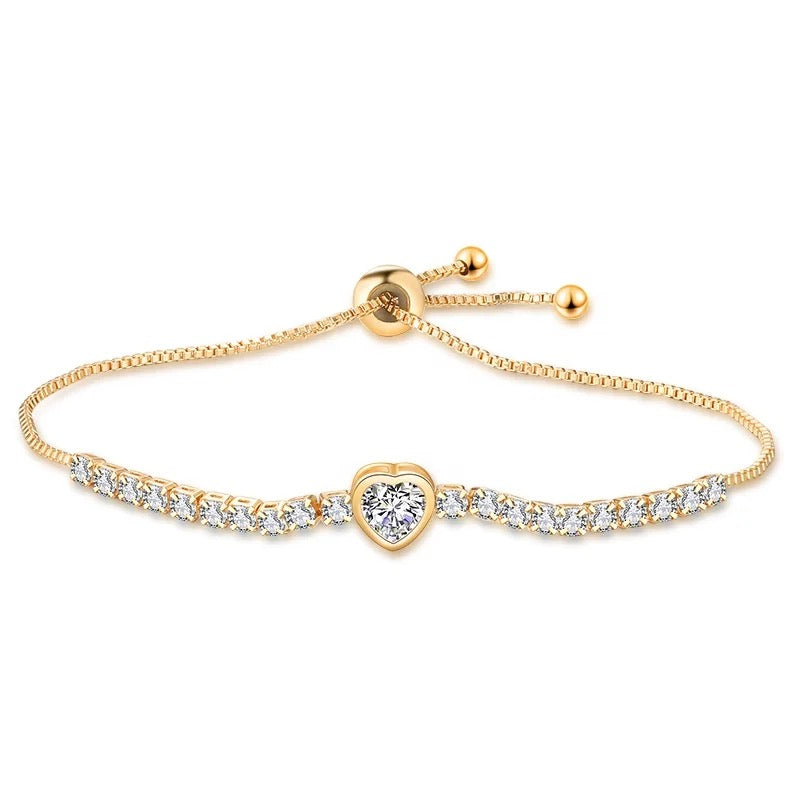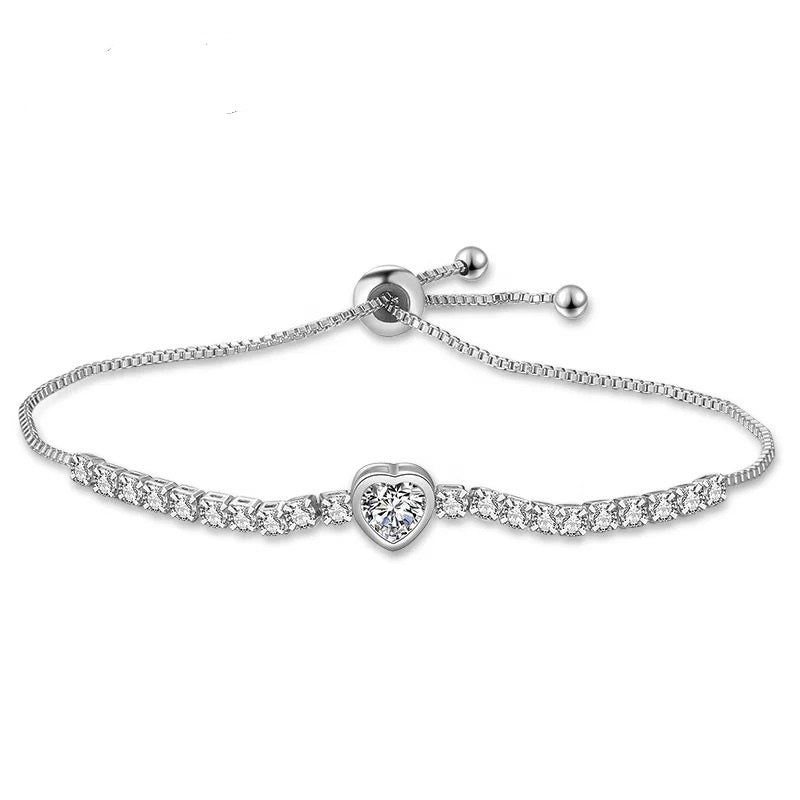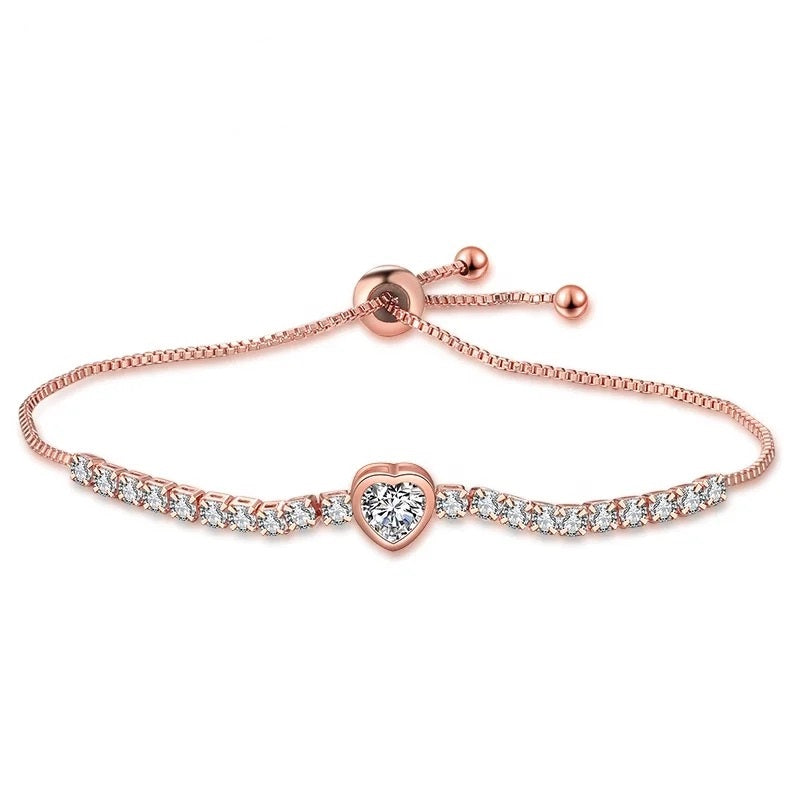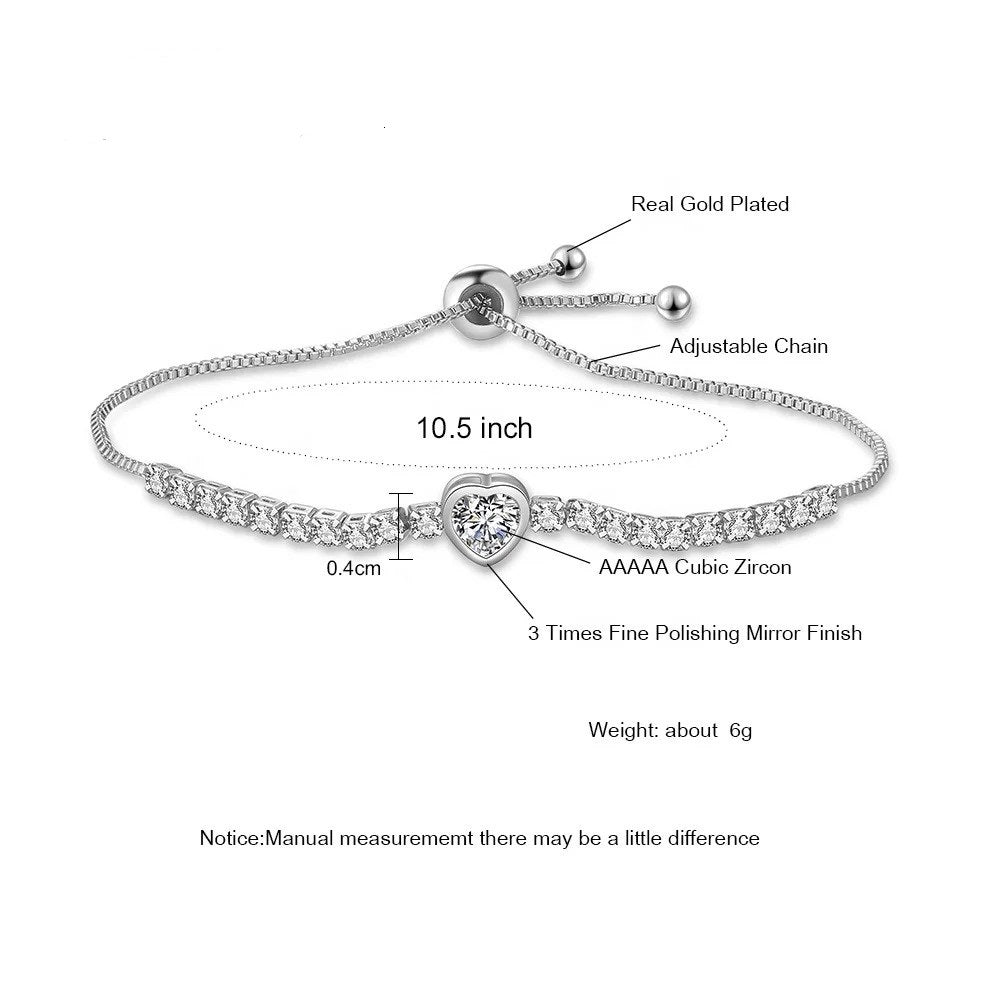The Splendor of Ottoman Empire Jewelry
The Ottoman Empire, which spanned over six centuries and at its height included parts of Europe, Asia, and Africa, is renowned for its rich cultural heritage. Among its many contributions to art and fashion, Ottoman jewelry stands out as a symbol of opulence, craftsmanship, and intricate design. The jewelry worn during the Ottoman era not only adorned the elite but also played significant roles in social and political spheres.
Enjoy and use coupon code WELCOME10 for 10% off your first order + BUY 1 of anything and GET 1 FREE of equal or lesser value for a limited time.PurrectBling.com

Historical Context
The Ottoman Empire, founded in 1299 by Osman I, reached its zenith during the 16th and 17th centuries under the rule of Suleiman the Magnificent. This period marked a golden age for the arts, and jewelry was no exception. The Ottomans were influenced by a myriad of cultures, including Byzantine, Persian, Arabic, and European. This cultural amalgamation is evident in the diversity and richness of their jewelry designs.
Materials and Techniques
Ottoman jewelry was crafted from a variety of precious materials, including gold, silver, pearls, and an array of gemstones such as rubies, emeralds, sapphires, and diamonds. Gold was the most favored metal, often worked into intricate patterns and adorned with enamel, filigree, and granulation techniques.
One of the distinctive techniques used was "Tombak," a method of gilding that involved coating copper with gold, making the jewelry more affordable while retaining its luxurious appearance. The Ottomans were also skilled in the art of enameling, creating vibrant, colorful pieces that showcased their artistic prowess.
Types of Jewelry

Headpieces and Tiaras
Ottoman women, especially those in the royal court, wore elaborate headpieces and tiaras. These headpieces, often encrusted with gemstones and pearls, signified status and wealth. The "kaşık başı," a spoon-shaped head ornament, was particularly popular among the elite.
Necklaces and Pendants
Necklaces were another prominent feature of Ottoman jewelry. The "hilal" (crescent) motif, often seen in pendants, symbolized the empire itself and was a common design. Multi-strand pearl necklaces, known as "kolye," were favored by women of high status.
Earrings and Bracelets
Earrings came in various styles, including large hoop earrings and drop earrings adorned with gemstones. Bracelets, often worn in pairs, were intricately designed with floral and geometric patterns. The "bilezik," a thick, cuff-style bracelet, was a staple in Ottoman jewelry collections.
Rings and Brooches
Rings were not only ornamental but also served functional purposes, such as sealing documents. Signet rings with intricate carvings and inscriptions were common among men. Brooches, often in the form of birds, flowers, or crescents, were used to fasten garments and add a decorative element to clothing.

Symbolism and Significance
Jewelry in the Ottoman Empire was more than mere adornment; it held significant symbolic meaning. It was a display of wealth, power, and status. For women, jewelry was often part of their dowry and was considered a form of financial security. Certain designs and gemstones were believed to offer protection, bring good luck, or ward off evil.
Moreover, jewelry played a role in diplomacy. Exquisite pieces were often exchanged as gifts between the Ottoman sultans and foreign dignitaries, serving as tokens of goodwill and establishing political alliances.
The jewelry of the Ottoman Empire is a testament to the empire's artistic achievements and cultural synthesis. The exquisite craftsmanship, intricate designs, and rich symbolism reflect the grandeur of an era that valued beauty, luxury, and sophistication. Today, Ottoman jewelry continues to inspire modern designs, preserving the legacy of a bygone era that celebrated the art of adornment.

